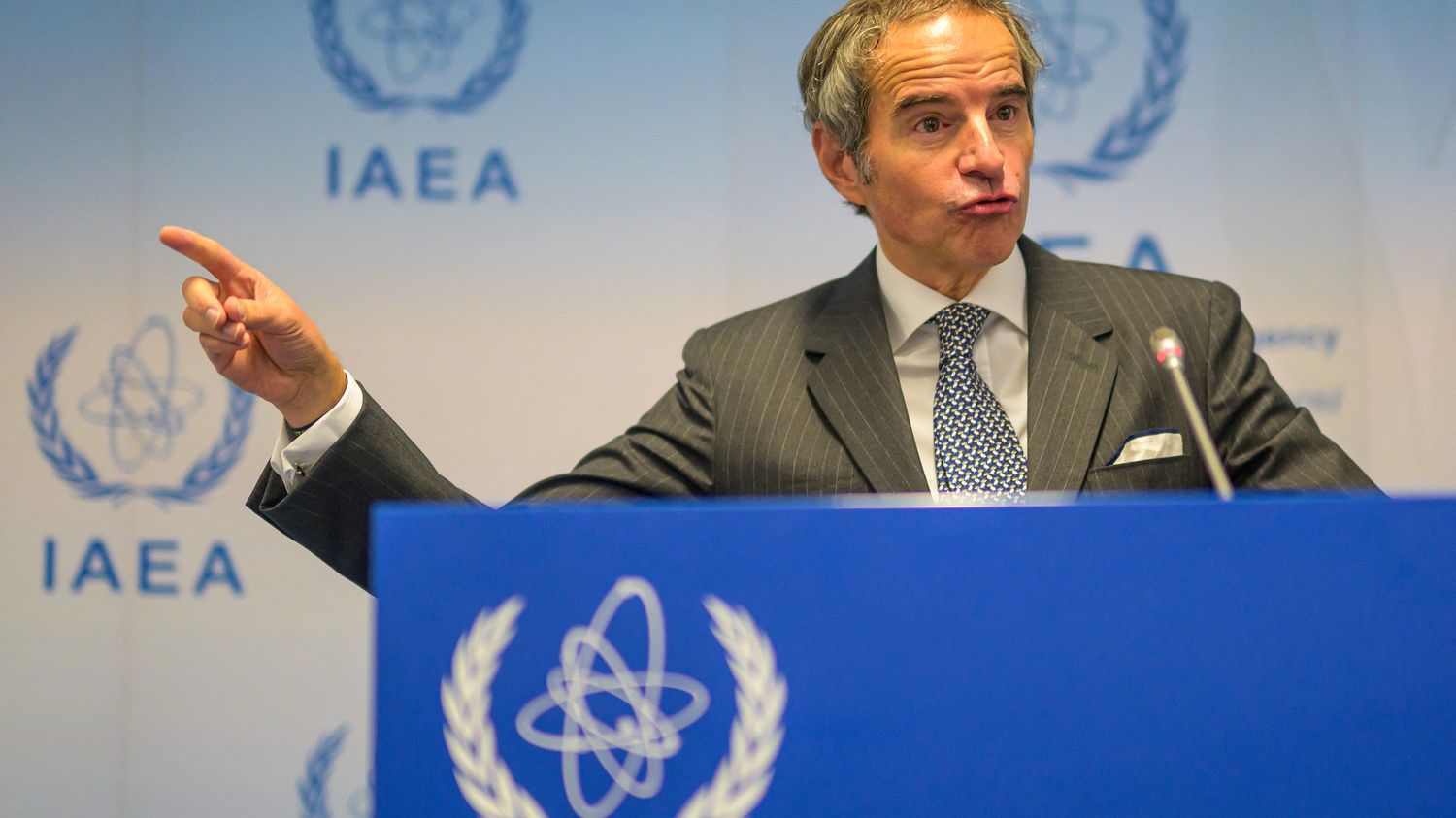Since its inspectors were expelled from the country in 2009, the International Atomic Energy Agency has monitored Pyongyang’s nuclear developments with satellite images.
Published
Update
Reading time: 1 min

The Kim Jong-un regime continues, in the greatest secrecy, the development of its nuclear fleet. A new reactor at the Yongbyon complex appears to be operational, the International Atomic Energy Agency (IAEA) said in a statement published Thursday (December 21). Located about 100 km north of the North Korean capital, this site already houses the country’s first nuclear reactor, with a capacity of 5 megawatts.
Since mid-October, a “strong water flow” coming from the cooling system of a light water reactor (LWR) was observed, explains IAEA Director General Rafael Grossi in a press release. “More recent observations show that the water released is warm, which is consistent with commissioning.”
However, such a process takes time, and without access to the facility, the IAEA cannot precisely confirm its operating status, added the director general of the international organization.
“A source of concern”
“Like any other nuclear reactor, an LWR can produce plutonium with its spent fuel, which can be separated during reprocessing, so this is a cause for concern”, warns Rafael Grossi. Since its inspectors were expelled from North Korea in 2009, the IAEA has been limited to monitoring nuclear developments in the country with satellite images.
Observers have been raising growing concerns for months about the possible preparation of a new North Korean nuclear test. North Korea conducted its first nuclear test in 2006. Its sixth and final one to date, in 2017, was also its most powerful.
Earlier this year, dictator Kim Jong-un called for increasing production of “military nuclear material” in order to increase “exponential way” the production of atomic weapons.
